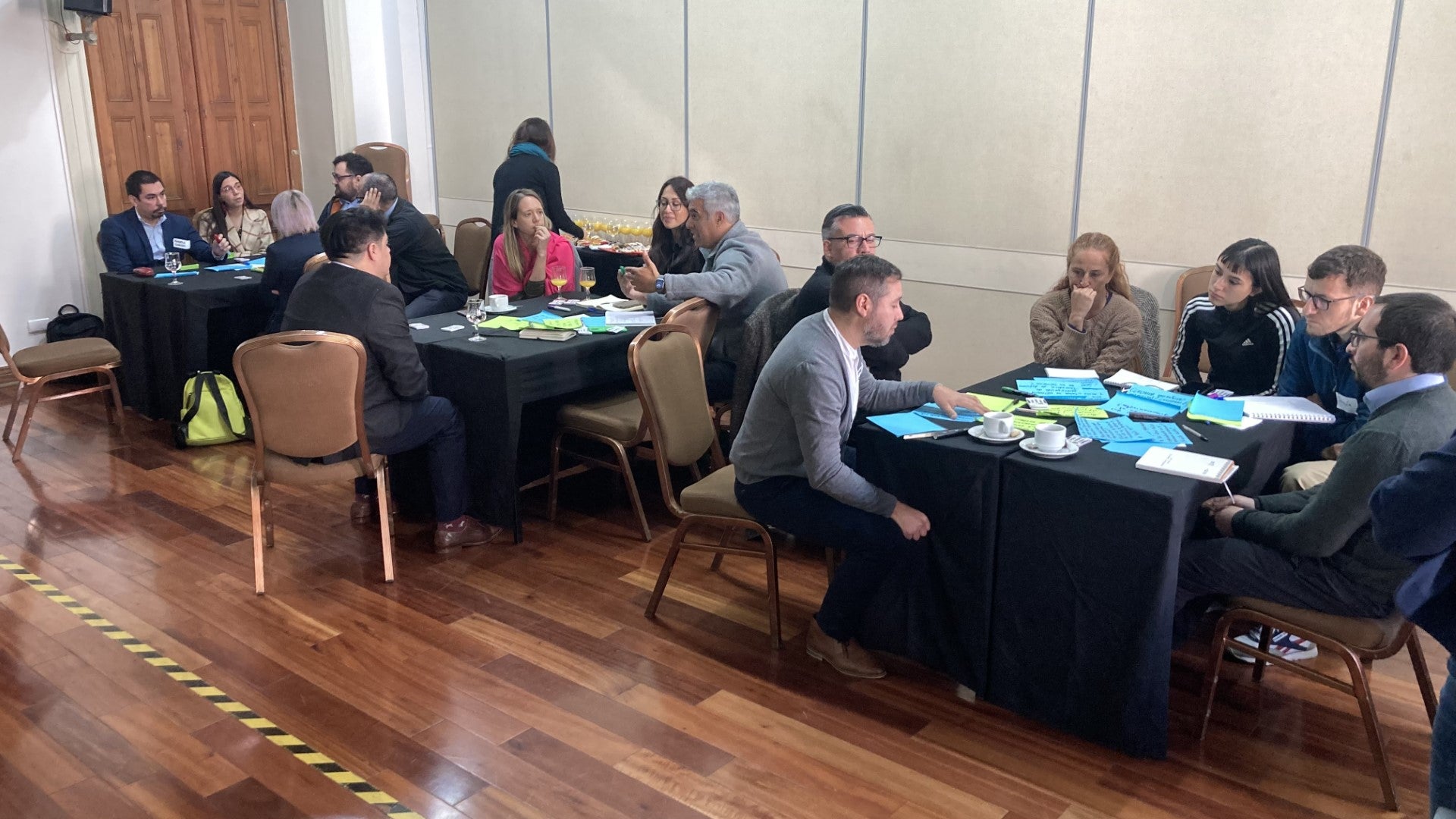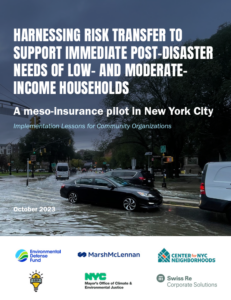Spanish translation below. This blog was authored by Francisco Pinto and Rodrigo Bórquez, economists of the Climate Action Teams (CAT) initiative, and by Environmental Defense Fund economist Luis Fernández Intriago.
A collaboration between energy modelers and the Dominican Republic government explores innovative ways to finance decarbonization.
EDF is working with a group of energy modelers in the Multi-Country Electricity Transition Potential and Challenges Project (MCET)1, led by the School of Engineering of the Pontifical Catholic University of Chile, and the Dominican Republic’s Ministry of Energy and Mines (MEM) to form a strategic partnership to drive the country’s energy transition.
Read More











